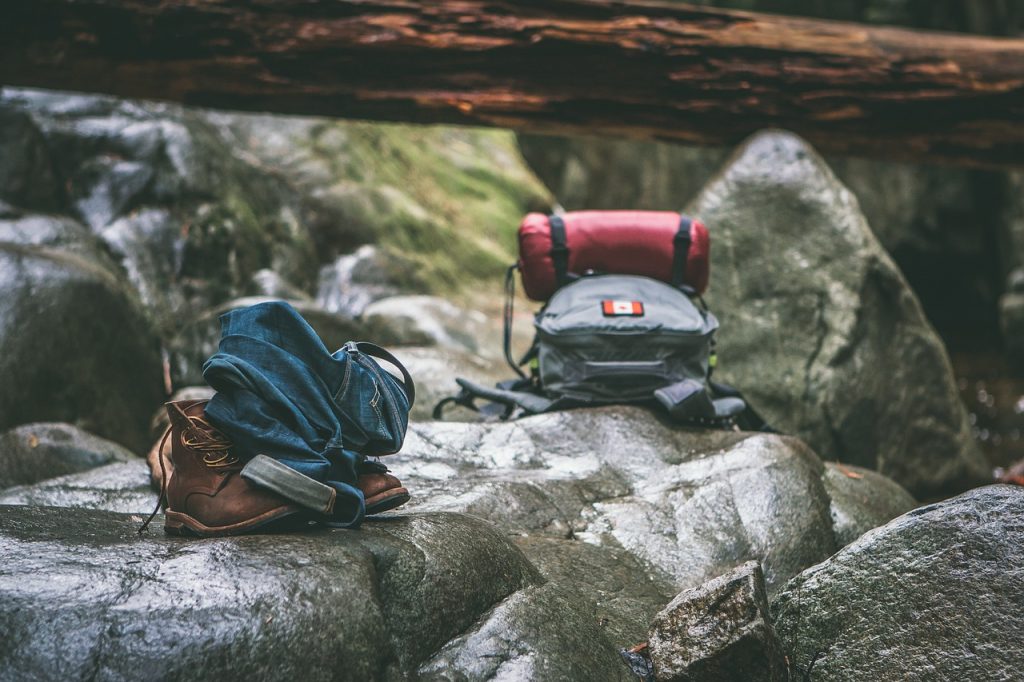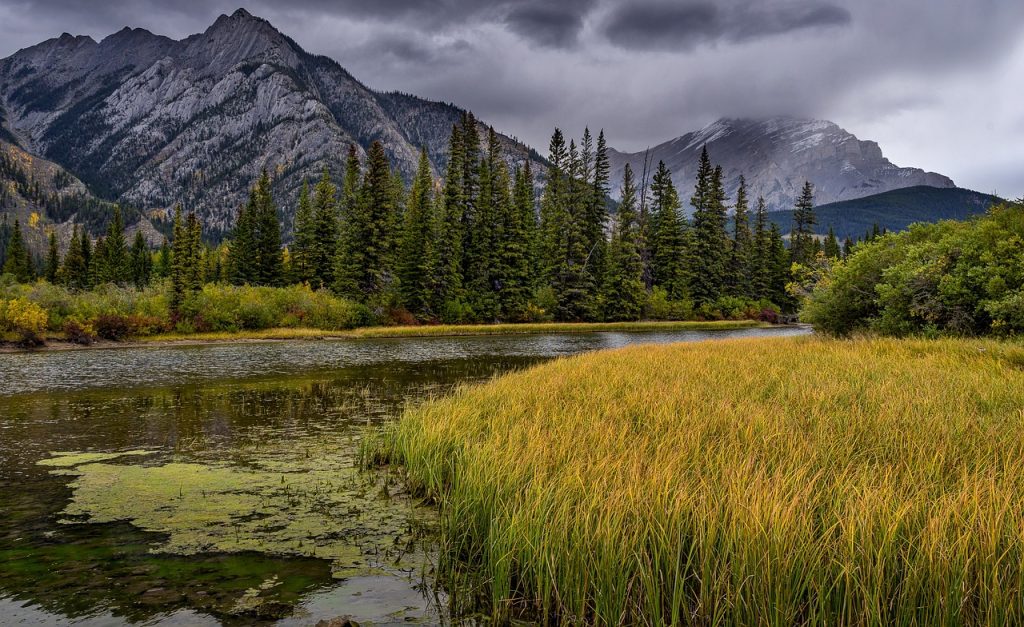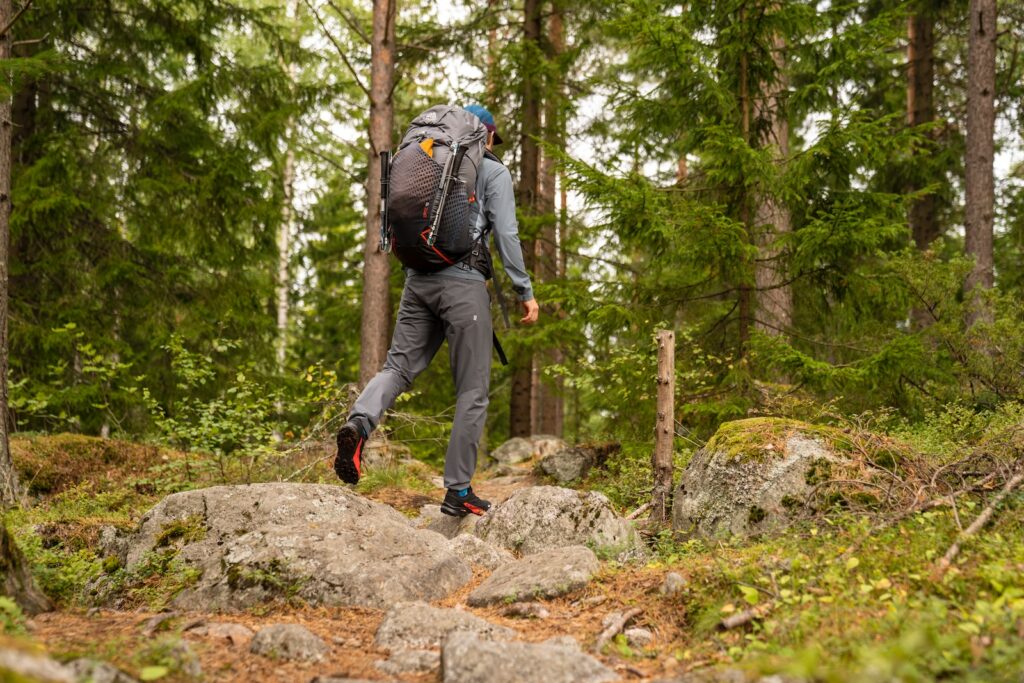

Preparing for High Altitude Hiking: Training, Acclimatization, and Safety Measures
Are you ready to take your hiking to new heights? Literally! If you’re planning a high altitude adventure, it’s crucial to be prepared both physically and mentally. From breathtaking mountain peaks to challenging trails, there’s something truly exhilarating about conquering the great heights.
But before you lace up those boots and embark on your journey, join us as we dive into the world of high altitude hiking preparation – from training tips that will have your body in peak condition, acclimatization strategies for a smooth ascent, and essential safety measures that could save lives. So grab a cup of coffee, sit back, and get ready to soar with us through this exciting guide on preparing for high altitude hiking!
- What is High Altitude Hiking?
- Physical Preparations for High Altitude Hiking
- Training and Exercise for High Altitude Hiking
- Acclimatization Process
- Types of Equipment Needed for High Altitude Hiking
- Safety Measures and Tips for High Altitude Hiking
- How to Prepare for Dynamic Weather Conditions at High Altitudes
What is High Altitude Hiking?
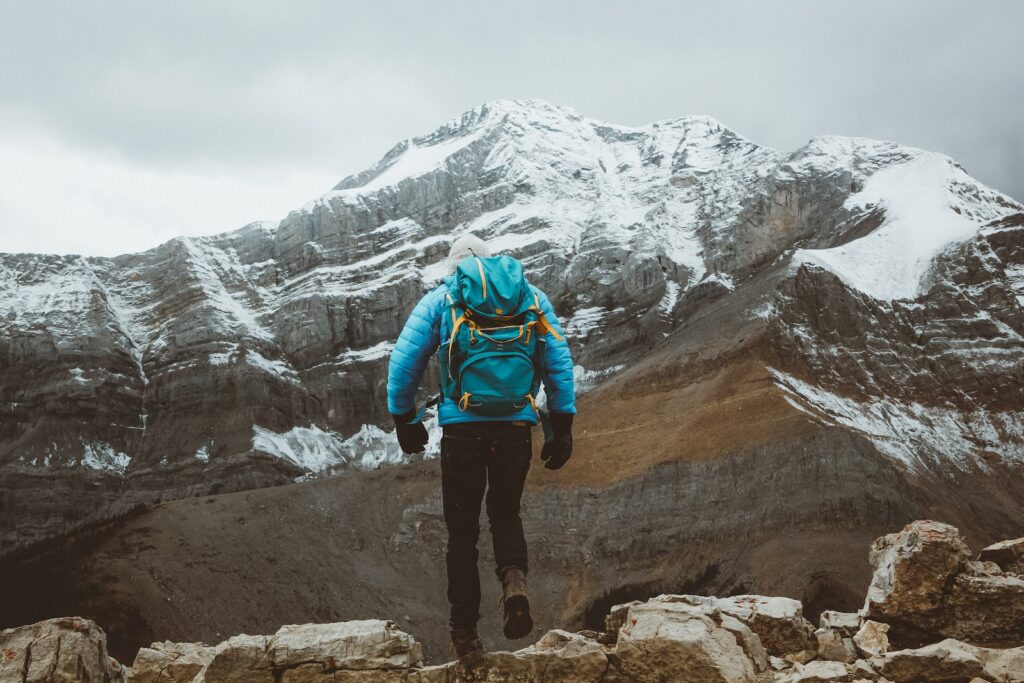
High altitude hiking is defined as hiking above 10,000 feet (3,048 meters) in elevation. Above this elevation, the air is thinner and contains less oxygen. This can lead to symptoms of altitude sickness, such as headache, nausea, fatigue, and difficulty sleeping. Hikers must take extra care to train properly and acclimatize slowly when hiking at high altitudes.
There are several important things to keep in mind when preparing for a high altitude hike:
- First, it’s important to get in shape before attempting a hike of this magnitude. Be sure to engage in regular aerobic exercise for several months leading up to the trip.
- Second, it’s essential to gradually acclimatize yourself to the thinner air at high altitudes. This can be done by spending time at lower elevations (below 8,000 feet/2,438 meters) prior to your hike. Slowly increase your time spent at higher altitudes over the course of several days or weeks.
- Be sure to take safety precautions while on the trail. Bring plenty of water and food, and be sure to layer your clothing appropriately for changing weather conditions. Be aware of signs of altitude sickness and know how to descend quickly if necessary.
Physical Preparations for High Altitude Hiking
If you’re planning on hiking at high altitudes, it’s important to be aware of the special physical preparations that are necessary. First and foremost, you need to make sure that you’re in good enough shape to handle the rigors of high altitude hiking. This means being in reasonably good cardiovascular shape and having strong leg muscles.
You’ll also need to acclimatize yourself to the thinner air at high altitudes. This can be done by gradually increasing your exposure to high altitudes over a period of days or weeks. It’s also important to stay hydrated and avoid alcohol while acclimatizing.
It’s important to take some basic safety precautions while hiking at high altitudes. Make sure you have adequate clothing and gear for the conditions, know your route, and be aware of potential hazards like rock slides or avalanches. By taking these precautions, you can help ensure a safe and enjoyable high altitude hike.
Training and Exercise for High Altitude Hiking
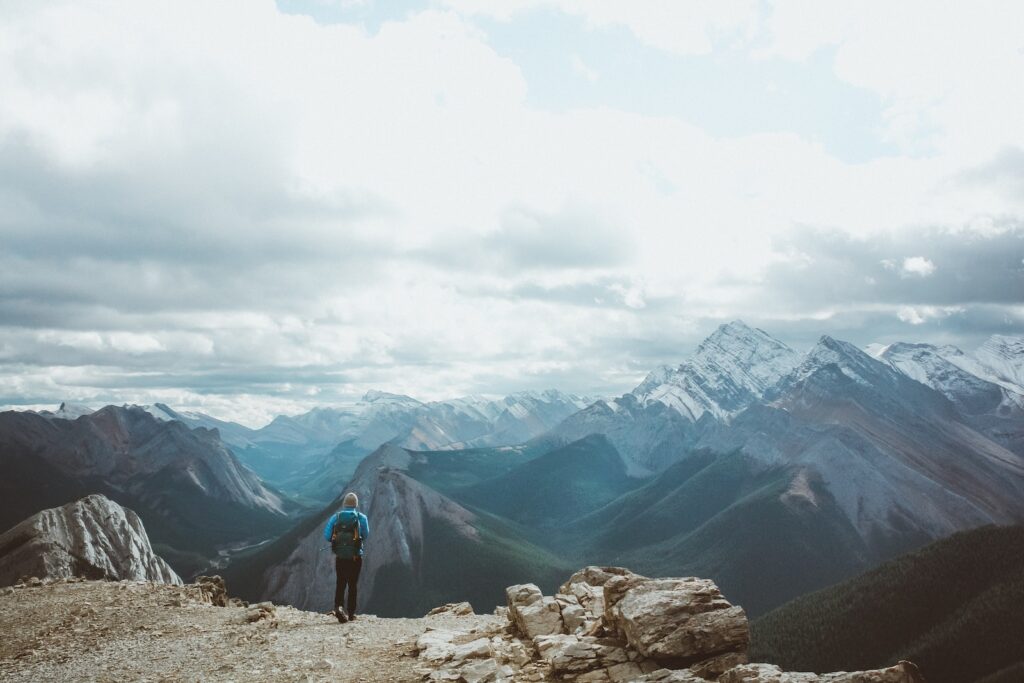
Training for high altitude hiking should include a combination of aerobic exercise and strength training. Cardiovascular exercise will help improve your overall endurance, while strength training will help build the muscles needed to power through tough hikes.
To prepare your body for the rigors of high altitude hiking, start by adding some extra aerobic activity to your weekly routine. This could be anything from going for longer walks or runs to riding a bike or taking a dance class.whatever you choose, make sure you’re challenging yourself so that your body is pushed to its limits.
In addition to aerobic exercise, it’s also important to strength train when preparing for high altitude hiking. Strength-training exercises like squats and lunges will help build the leg muscles needed to hike up steep inclines. For an added challenge, try hiking with a backpack filled with weighty items like water bottles or canned goods.
Remember, when it comes to preparing for high altitude hikes, it’s important to listen to your body and go at your own pace. By slowly increasing the intensity of your workouts, you can avoid injury and better ensure that you’ll be able to safely complete your hike.
Acclimatization Process
When it comes to hiking at high altitudes, acclimatization is key. This process allows your body to slowly adjust to the new environment and avoid altitude sickness. There are a few different ways to go about acclimatization, but the most common is gradual ascent. This means steadily increasing your time at altitude and giving your body ample time to adjust.
There are a few other things you can do to help with the acclimatization process, including:
- Taking it slow: Avoid strenuous activity for the first few days as your body adjusts.
- Drink plenty of fluids: Stay hydrated to help your body cope with the stress of altitude.
- Eat light meals: Heavy meals can be hard to digest at high altitudes so stick to lighter fare.
By following these tips and giving yourself time to adjust, you’ll be sure to have a safe and enjoyable hike at high altitudes.
Types of Equipment Needed for High Altitude Hiking
One of the most important things to consider when planning a high altitude hike is what type of equipment you will need. There are a few essential pieces of gear that you will need in order to safely and comfortably hike at high altitudes:
Hiking boots: A good pair of hiking boots is essential for any hike, but especially so when hiking at high altitudes. Make sure your boots are comfortable and well-fitting, and that they provide good support and traction.
Hiking clothes: Layering is key when hiking at high altitudes, as the weather can be unpredictable. Wear clothing that wicks away sweat and keep a jacket or other warm layer handy in case the temperature drops.
Sun protection: The sun is stronger at high altitudes, so make sure to pack sunscreen, sunglasses, and a hat.
Backpack: Your backpack should be big enough to fit all of your gear, but not so big that it weighs you down. Choose a backpack with comfortable straps and consider getting one with an internal frame for added support.
Safety Measures and Tips for High Altitude Hiking
High altitude hiking can be a dangerous endeavor if you are not prepared. The air is thinner at high altitudes, which means that your body will have to work harder to get the oxygen it needs. This can lead to altitude sickness, which can be fatal if left untreated.
There are a few things you can do to prepare for high altitude hiking and reduce your risk of altitude sickness. First, make sure you are in good physical condition before attempting a hike. If you are not used to exercising, start by gradually increasing your activity level in the weeks leading up to your hike.
Second, acclimatize yourself to the altitude by slowly increasing your elevation over the course of several days. If you can, camp at higher elevations a few nights before your hike so that your body has time to adjust.
Take it slow on the trail. Don’t try to push yourself too hard; instead, focus on taking steady and deliberate steps. If you start to feel short of breath or lightheaded, stop and rest until you feel better. Drink plenty of fluids and eat energy-rich foods to keep your energy up.
By following these safety tips, you can help ensure a safe and enjoyable high altitude hike.
How to Prepare for Dynamic Weather Conditions at High Altitudes
If you’re planning on hiking at high altitudes, it’s important to be prepared for dynamic weather conditions.
Here are some tips:
1] Check the forecast before you go. This will give you an idea of what to expect in terms of temperature, precipitation, and wind conditions.
2] Dress in layers. You’ll want to have clothing that you can add or remove depending on the temperature and weather conditions.
3] Be prepared for changing conditions. The weather can change quickly at high altitudes, so be prepared for anything.
4] Stay hydrated and fed. It’s important to stay hydrated and well-nourished when hiking at high altitudes. Drink plenty of fluids and eat energy-rich foods like fruits, nuts, and whole grains.
5] Listen to your body. If you start to feel fatigued or sick, it’s important to listen to your body and take a break if necessary.
Conclusion
High altitude hiking is an incredibly rewarding experience, but it also requires a great deal of preparation. By following some simple tips and taking proper safety measures, anyone can successfully complete even the most challenging hikes.
With adequate training in advance and mindful acclimatization during the hike itself, you’ll be able to maximize your enjoyment while minimizing any potential risks involved with venturing into higher elevation regions. So get out there, take on the challenge of high altitude hiking—and enjoy every moment!

